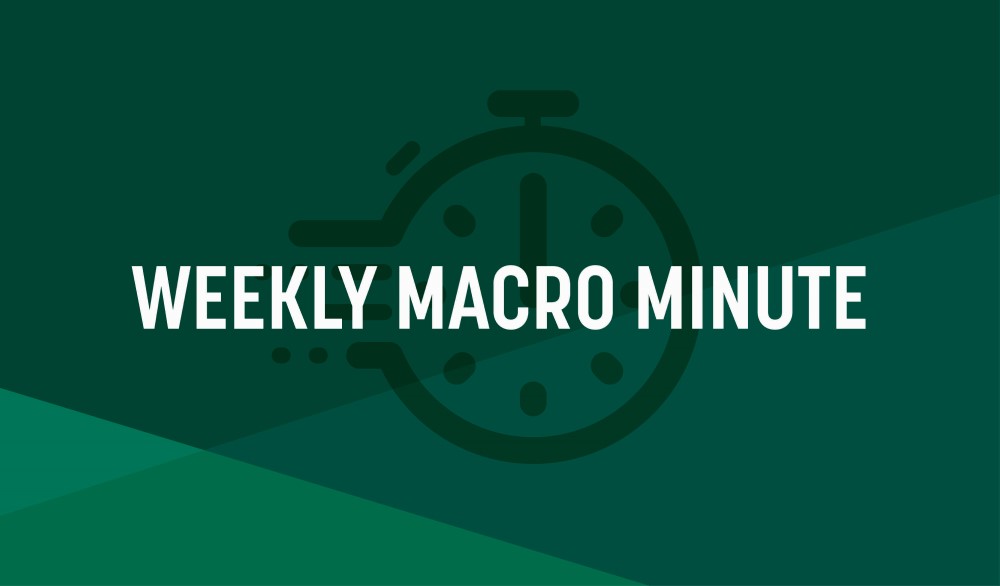Paul stayed two whole years in his own rented house. And he welcomed all who visited him, proclaiming the kingdom of God and teaching about the Lord Jesus Christ with all boldness and without hindrance. (Acts 28:30 – 31, CSB)
Luke ends the book of Acts with a cliffhanger. After his third missionary journey, Paul visited the Temple in Jerusalem. While he was there, some of his enemies falsely accused him of bringing Gentiles into the restricted areas, thus defiling the Temple. An enraged mob dragged him out of the Temple to kill him, but the commander of the Roman battalion quelled the riot by arresting Paul. From there, the wheels of Roman justice ground slowly. For over two years, he was stuck in protective custody. After finally appealing to Caesar himself, he was transferred to Rome to wait for another two years. The book of Acts ends with Paul still under house arrest and awaiting his audience with the emperor. Readers are left to wonder what happened next.
So, what are we to make of the open ending of Acts? At the beginning of the book, Jesus tells his disciples that they will be his witnesses “to the ends of the earth.” By the end of the book, their witness had made it to Rome. Now, Rome is a long way from Jerusalem but it’s nowhere near close to the ends of the earth. The gospel still had a long way to go – and that’s Luke’s point. By ending Acts on a cliffhanger, he draws us in, reminding us that the advance of the gospel is an ongoing process. The Great Commission is renewed for every generation. We are writing Acts 29 today. Jesus has charged all of us to keep the gospel moving forward.
Good news continued to be interpreted as bad news by the markets as curiously resilient U.S. economic data signaled that the Federal Reserve has much more room to increase interest rates in its quest to bring inflation down to the target 2%. The biggest news was Friday’s jobs report with anxiety over its release weighing on markets throughout the week. The report showed that the economy added 315,000 jobs last month, which is a solid number but down from 526,000 in July. Markets were up strongly on the news but faltered by midday and performed a round trip to end deeply in the red by market close. The latest Institute for Supply Management manufacturing release showed U.S. manufacturing grew steadily in August as new orders rebounded.
European stocks logged a negative week as well as fear over central banks continuing down a path of tightening for the foreseeable future chilled market activity. The UK pound posted its steepest monthly drop versus the U.S. Dollar since October 2016 (just after the Brexit referendum) as economic and political uncertainty abound. Eurozone inflation surged to a record 9.1%, moving market expectations of a 75-basis point hike by the European Central Bank to 80%. On Friday, Russia announced it would not bring gas shipments back online, prompting emergency meetings in Europe over the weekend to further address soaring energy costs. Japan’s markets fell almost 3.5% on the week and the Yen traded at its lowest level versus the U.S. Dollar since 1998. China’s markets caved as COVID outbreaks continued in major cities.
Coming out of the most recent bear market rally, the market has clearly exhausted its glass half full rationale for continuing its upward march without first taking some pain to the downside. Talk of a “soft landing” seems to have largely dissipated as the talking heads have turned to a “growth recession” as a best possible outcome. A growth recession is characterized by a protracted period of meager growth and rising unemployment. As we have said before, we are in for a sustained period of economic weakness with the primary question being if the Fed will stay on its aggressive tightening course or will it pivot as economic conditions worsen.
Subscribe to the Weekly Macro Minute
To view past Weekly Macro Minutes, please reach out to your advisor.



This information is prepared by GuideStone Capital Management, LLC®, a controlled affiliate of GuideStone Financial Resources®. This material is provided for educational purposes only and should not be construed as investment advice or an offer or solicitation to buy or sell securities. Diversification is not a guarantee against loss. This information does not represent any GuideStone® product. Special risks are inherent in international investing, including those related to currency fluctuations and foreign, political and economic events.
The material represented has been obtained from sources we consider reliable, but which we cannot guarantee. It is subject to change without notice and is not intended to influence your investment decisions. This information discusses general market activity, industry or sector trends or other broad-based economic, market or political conditions and should not be construed as research or investment advice.
All indices are unmanaged and not available for direct investment. Index performance assumes no taxes, transaction costs, fees or expenses.
Past performance is no guarantee of future results.
The S&P 500® Index is a market capitalization-weighted equity index composed of approximately 500 U.S. companies representing all major industries. The index is designed to measure performance of the broad domestic economy through changes in the aggregate market value of its constituents. “Standard & Poor’s®”, “S&P 500®”, “Standard & Poor’s 500” and “500” are trademarks of The McGraw-Hill Companies, Inc. and have been licensed for use by GuideStone.